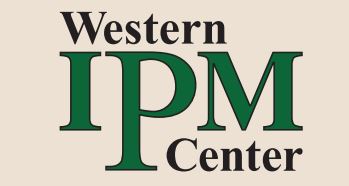This national public awareness and education program has reached nearly 2 billion contacts, or roughly 5.6 impressions per person living in the U.S since its 2006 launch. The campaign encourages boaters, anglers and hunters to properly clean and care for their equipment to prevent the spread of aquatic invasive species through consistent messaging and targeted marketing.
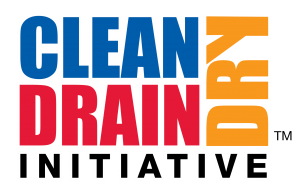
The National Invasive Species Center’s Resources page provides links to a broad variety of technical information for invasive species managers and features a list of organizations involved in biosecurity and invasive species management at both a state and multi-state level. Resources can be filtered by Subject, Resource Type, Location, or Source.
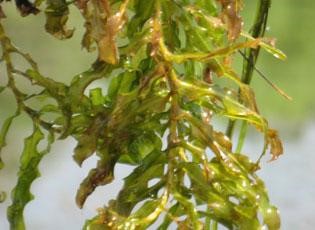
The state of Hawai’i adopted its first interagency biosecurity plan in 2017, presenting a comprehensive gap analysis of biosecurity policies, personnel, and infrastructure alongside a 10-year implementation plan of 147 action items to address gaps.
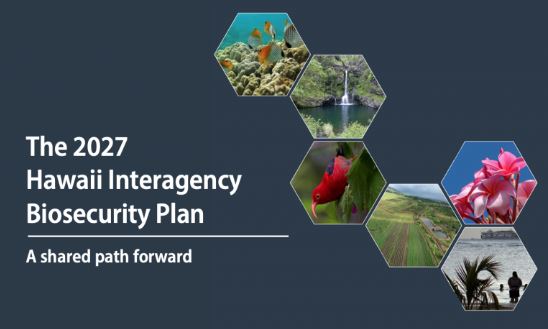
WGA released recommendations to standardize the recording and exchange of invasive species occurrence data across the West developed by a group of nearly 30 representatives from state and federal agencies, non-governmental organizations and industry partners. The cohort agreed to the shared parameters, which will help land managers reduce duplicative work between invasive species data managers.
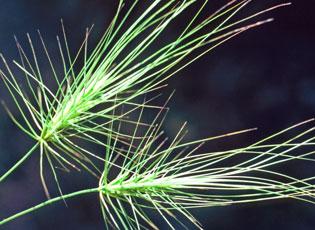
Integrated Pest Management is an ecosystem-based strategy that seeks to control the spread of invasive species through biological control, habitat manipulation, and modification of cultural practices. The Western Integrated Pest Management Center produces special reports, newsletters, videos, photo essays, annual reports, fliers and public communications resources, all of which are available online.
